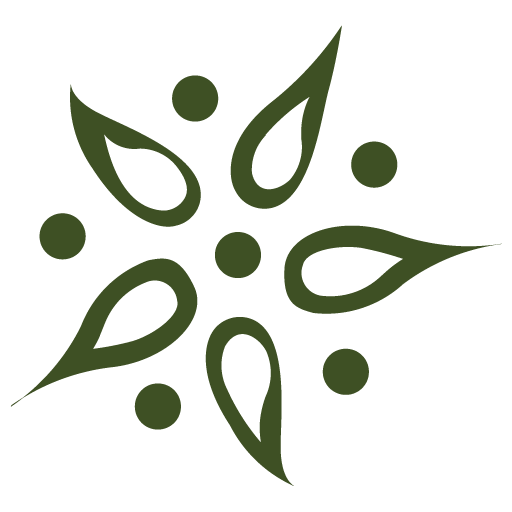AI is quickly becoming embedded in our work and our lives. There’s a lot to keep up with as new developments are coming out almost every day. In the final days of 2023, the New York Times sued OpenAI and Microsoft, claiming millions of articles from the publication were used to train AI chatbot LLMs without authorization. This lawsuit is a clear sign that reform and regulation are coming for the AI market, but we’ll have to wait and see how the overall impact plays out.
Despite the evolving landscape, AI technology remains a powerful tool for PR professionals. The technology has played an important role in public relations work for years in a variety of ways, including;
- Earned media and social media monitoring
- Up-to-date journalist and outlet databases
- Determining brand sentiment in earned media
- Determining trending topics and types of content
More recent AI advancements, like deep learning and text and image generation, are changing AI’s role in public relations, reflecting the type of disruption seen in many other industries. But its efficacy depends on our ability to use it strategically and cautiously.
We sat down with Green Apple PR Strategist, Chris Song, to take a closer look at how AI is assisting PR professionals and why it will never replace them.
The Impact of AI on Strategy
Data and output from AI are really helpful for PR teams, especially for the strategic process. A recent study released by Muck Rack shows a majority (61%) of PR professionals are already using AI or are interested in using it. That’s a 40% increase since March 2023. The report shows the most popular use of AI among PR professionals is for copywriting. But it’s also helping PR pros like Green Apple’s Chris Song brainstorm ideas, conduct research, and monitor brands.
“AI is making it easier to keep track of our clients and their brands in real-time while also cutting out the “noise” produced by incorrect or duplicated results. Similarly, it helps us keep an eye on their partners, competitors, and industries as a whole, which can inform our marketing and PR efforts.”
When prompted with appropriate inputs, AI can assist with the copywriting process by generating creative ideas and topics in the brainstorming phase of an earned media campaign. It can also sift through large amounts of earned media content (e.g., headlines, social media posts, bylines, etc.) to help PR professionals do what they’re already doing—identifying trending content and connecting with journalists (and audiences) interested in their clients’ products and services.
The Human Element
AI can help make your job easier, but it can’t do your job for you. When it comes to PR, there’s a foundational communication skill that will always need a human touch: relationship-building.
“Good relationships are critical. A lot has changed over my time in PR—about 15 years—that makes that even more true today. More traditional news outlets have smaller staffs sharing the same workload as before, which means getting through to gatekeepers is a more complicated process. On the other hand, there are more media content generators and curators than ever, so the relationships we do have must deepen while we also pursue more contacts to build trust and credibility with new and emerging voices. That’s something that AI isn’t capable of doing.”
AI has many other limitations. Having a wealth of knowledge at your fingertips doesn’t guarantee accuracy, timeliness, or the effective application of that knowledge. Publicizing incorrect data and outdated information could erode trust between PR pros and their audiences while making brands vulnerable to criticism.
Beyond what AI does know, there are many nuances that it cannot understand: the appropriate tone and voice for a particular situation, the timing of any given earned media effort, or highly localized sensitivities based on current events and politics. Writing and creating content for people isn’t the same as writing for a search engine algorithm, and quality, human-centered writing requires both heart and hand.
Best Practices for Utilizing AI in Public Relations
The storytelling element of PR still requires an emotional intelligence that only humans can provide. AI can help us get away from blank stares at the screen, acting as a great brainstorming tool. We’ve outlined a few best practices to keep in mind when using AI for marketing in our recent blog and have listed a few more below.
- Double-check everything.
- Get specific. Just like a Google search, the more information and content you put in, the more you’ll get back.
- Don’t copy and paste.
- Don’t allow AI to write your press releases.
- Don’t become overly reliant on AI for ideas.
The Bottom Line
Artificial intelligence is not something to fear. Instead, it’s an exciting opportunity to improve efficiency and creativity! The concept of AI “competing” with PR comes from a misunderstanding of one or both subjects. Even in the foreseeable future, AI can only supplement the work of a PR professional. Inevitably, some professionals will rely too heavily on it, while others will ignore its utility to the disadvantage of themselves and their clients. In the end, how ethically and effectively AI is used in PR work is up to you.
An Innovative Marketing and PR Agency
Our team of experts at Green Apple are using the latest tools and innovative approaches to tailor the marketing we do for our clients. If your business could use an updated approach to branding, marketing, and PR, we can help. Reach out to us to discover more effective ways to connect with your audience.











